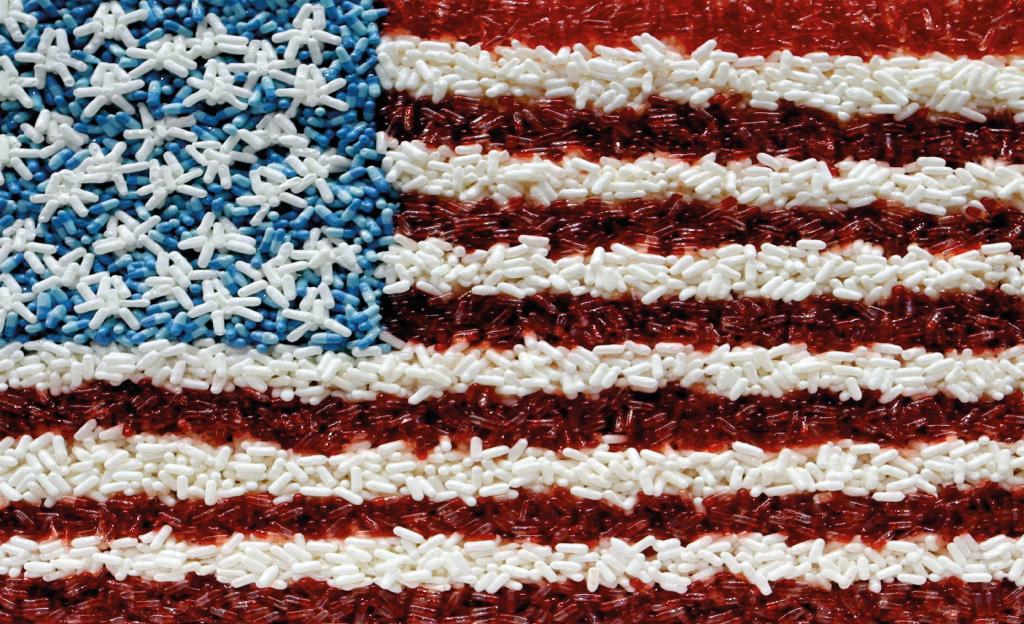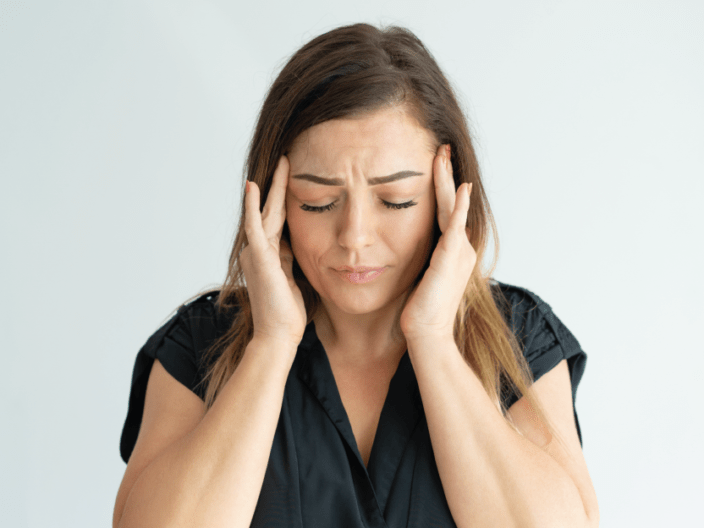‘We can be the generation that ends the opioid epidemic’
Donald Trump
With presidential pronouncements and publications such as Time magazine graphically profiling America’s previously ‘hidden’ epidemic, what preoccupies the physicians and healthcare professionals treating America’s opioid addiction? Are those on the frontline flushed with hope for change, or just bored of the rhetoric? And how do HCPs perceive the role of ‘big pharma’ in all this?
Despite being (re)launched into the media spotlight in recent months, America’s destructive relationship with opioid drugs is nothing new. The Nixon administration called it out as a national issue back in the 70s, and since that decade, America’s healthcare professionals have grappled with the challenges of a drug class that, on one hand brings much needed relief to suffering patients, and on the other, can and does spiral into long term addiction. The National Institute on Drug Abuse estimates that opioid-related Emergency Department visits have quadrupled in the past 15 years. CDC Director Dr Robert Redfield summarises the issue:
The #opioid epidemic gripping the nation is an emergency. Every day, more than 115 Americans die from an opioid overdose. 40% of all opioid overdose deaths involve a prescription opioid.
— Mandy K. Cohen, MD, MPH (@CDCDirector) March 19, 2018
Using CREATION Pinpoint, we’ve taken a look at the online conversations of US healthcare professionals during March 2018 to see how HCPs are responding to the crisis.
Presidential focus
Almost inevitably, healthcare professionals were preoccupied with the recent attention bestowed upon the crisis by President Trump. US HCPs avidly shared the news of Trump’s calls to ‘get tough’ by introducing a death penalty for opioid dealers.
How do we feel about the President’s suggestion of death penalties for drug dealers as a pillar of the opioid epidemic response? As a doctor I would have to resign immediately from such a barbaric administration.
— David B Wheeler (@dbwheels) March 16, 2018
Continuing w/ THREAD: #Opioids #Heroin {+ Fentanyl} in America
Tags: #opioidcrisis #overdose #addiction
Mar 19, 2018 News:
Trump opioids plan includes death penalty for drug dealershttps://t.co/HoDNvTheHz
Nothing RE:harm reduction, emphasis on punitive. Constitutionality a Q. pic.twitter.com/hpGwl2rnxN— Bernadette Keefe MD (@nxtstop1) March 19, 2018
Some HCPs responded by demanding a focus on rehabilitation rather than punitive measures; the American Psychological Association used Trump’s announcement as an opportunity to state their position on expanding access to nonpharmacological pain management to prevent addiction, and on extending treatment and recovery support to those in need – a statement that was shared over 70 times by HCPs in the study period.
With 40% of US opioid deaths involving a prescription drug, some HCPs made the comparison between those who deal opioids illegally, and those who legally manufacture and prescribe – perhaps frustrated by an oversimplification of a complex issue:
Just reading Trump’s push for the death penalty for drug dealers… Does this include physicians, pharmacists and big pharma CEOs?
I say this not to inflame, but to inject a bit of sanity to this debate, as if you look at the numbers, the opioid crisis is complex.
— Bryan William Jones (@BWJones) March 19, 2018
MUST WATCH: Trump lost his mind again at another Rally last night. Here he is talking about the death penalty for drug dealers while he does nothing to fight Big Pharma or help the Opioid Epidemic. https://t.co/9QKsU79vqc
— Amee Vanderpool (@girlsreallyrule) March 11, 2018
Despite dis-ease regarding Trump’s death penalty proposals and the sense that other factors, including the role of manufacturers and prescribers, should be acknowledged, the government’s ‘Crisis Next Door’ campaign created a great deal of traction amongst HCPs. The campaign itself was well received by HCPs, and campaign resources, including the White House’s call for people to share their own opioid story, was extensively shared by HCPs within the context of the study period.
Uncomfortable revelations
A related news story also provoked strong reactions from HCPs on Twitter: CNN’s revelations regarding the ‘huge sums of money’ paid by pharmaceutical manufacturers to those prescribing opioid products. Rather than merely sharing a link to the story, many HCPs felt compelled to comment using language like ‘outrageous’, ‘disturbing’, ‘troubling’ and ‘corrupt’. Beyond the visceral reaction to manufacturer payouts, there was a sense that HCPs were looking to distance themselves (and defend the profession) from accusations of biased prescribing.
Back from the brink
Beyond the news, we saw US physicians wrestling with the practical implications of existing policies – and one in particular during this study period: prior authorisation. For many insurance companies, requiring physicians to seek prior authorisation to administer life-saving buprenorphine-naloxone is useful cost management tool. One internal medicine specialist, @adfoxMD, hit a nerve amongst colleagues when he called out this practice:
Let me just point out that this 14 min getting Prior Auth for buprenorphine-naloxone is 14 min that I could’ve spent discussing relapse prevention w/ my patient. When policy makers wonder why PCPs aren’t taking on OUD treatment, please recognize how precious 14 min is in a visit. pic.twitter.com/iZ3XqXDXhK
— Aaron Fox, MD (@adfoxMD) March 21, 2018
This one tweet was shared by 77 other US healthcare professionals during the study period. As campaigns like Crisis Next Door and Time’s Opioid Diaries illuminate the terrible human cost of opioid misuse and the impact on services including healthcare, those delivering emergency care at the sharp end of this crisis could use this moment to increase pressure for practical reforms.
Challenging prescribing paradigms
During March 2018, alternatives to opioids for chronic pain management was a consistently discussed topic amongst US HCPs. Excitement was generated by the publication of results from the JAMA SPACE trial, comparing pain-related function, pain intensity, and adverse effects of both opioid and non-opioid drugs in patients with moderate to severe chronic back pain or hip or knee osteoarthritis pain, with nearly 280 US HCPs sharing links to the JAMA content during the study period. Uncomfortably for drug manufacturers, several US HCPs retweeted high profile Canadian Drug Safety specialist, @DavidJuurlink, who dubbed SPACE as ‘the study that pharma would never do’:
Well now, look what just dropped at JAMA: the study pharma would never do.
A pragmatic RCT of opioids vs. nonopioids for chronic pain https://t.co/6BpQOY6dDx
Bottom line: opioids lose.
It's paywalled, so a few observations. /1
— David Juurlink (@DavidJuurlink) March 6, 2018
HCPs used the release of the SPACE results to argue for a patient-centred approach that considers the multi-dimensional nature of chronic pain:
9/Instead of arguing a pill, lets focus on the patient, and think about the complex psycho-physical chain of events in chronic pain that is often far more debilitating than the folks in the SPACE trial. That reframe should change our care discussion. pic.twitter.com/uGiWh3TPUu
— Stefan Kertesz, MD, MSc (@StefanKertesz) March 6, 2018
Another theme emerged alongside the HCP discussion of the merits of opioids vs. non-opioids: non-clinical options for managing pain. There was a clear sense of some HCPs advocating for movement, rest and counselling as preferred alternative to drugs and surgery. This tweet from the The American Physical Therapy Association was shared over 100 times by US HCPs in just a few days:
Best approach for most low back pain:
Physical therapy: ✅
Psychological counseling: ✅
Movement: ✅
Rest: ❌
Opioids: ❌
Surgery: ❌
Diagnosis by MRI: ❌Guidelines say: ✅
Yet most people still get: ❌This must stop! https://t.co/XCU1EUE0qc
— American Physical Therapy Association (APTA) (@APTAtweets) March 22, 2018
Conclusion
The impact and treatment of opioid misuse continues as a key concern for US healthcare professionals. Amidst discussions around shifting prescribing habits, physicians are also keen to maintain focus on providing the right care for patients requiring effective pain relief.
The roots of this crisis are deep and complex. Yes – we see evidence that US HCPs are looking for reform, and express frustration with the role of pharmaceutical companies in proffering opioid-based solutions. But they are also hopeful for alternatives. And ultimately, there is a sense that US HCPs are willing to play their part in re-dressing America’s hidden epidemic.
The header image was source from Flickr user m.a.r.c. under creative commons.



